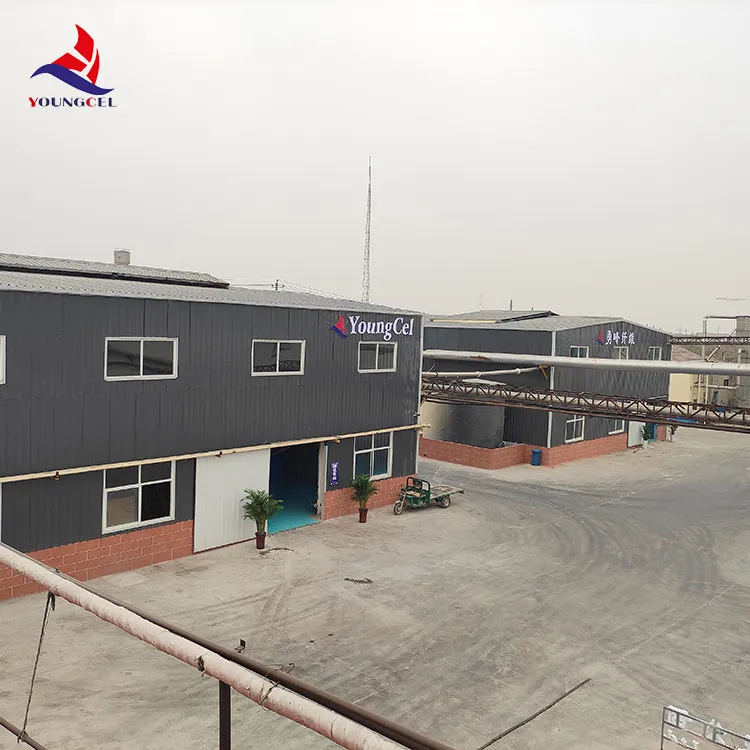Understanding Chemical Composition for Tile Bonding
Tile bonding is an essential aspect of construction and interior design, crucial for ensuring the durability and longevity of tile installations. Whether in homes, commercial spaces, or industrial environments, the right adhesive plays a significant role in the performance of the tiled surface. Understanding the chemical composition of tile bonds is vital for selecting the appropriate materials that meet specific needs. In this article, we will explore the various components that make up effective tile adhesives, their properties, and best practices for application.
The Basics of Tile Adhesives
Tile adhesives are specialized compounds used to secure tile to surfaces. Various types of adhesives are available in the market, including cementitious, latex, epoxy, and polyurethane-based options. Each has its unique chemical formulation, which influences its performance in different conditions. The choice of adhesive can vastly impact the finished project's quality, affecting factors such as adhesion strength, water resistance, flexibility, and cure time.
Chemical Composition of Tile Adhesives
1. Cementitious Adhesives These are the most common type of tile adhesives, which primarily consist of Portland cement, aggregates, and additives. The chemical reaction between water and cement (hydration) creates a strong bond. Additives may include polymers that improve flexibility and workability. Cement-based adhesives are suitable for various substrates and can be modified for specific applications, such as thin-set or thick-set installations.
2. Polymer-Modified Adhesives To enhance the performance of traditional cementitious adhesives, manufacturers often incorporate polymers. These additions increase adhesion properties, flexibility, and resistance to moisture and thermal expansion. Polymer-modified adhesives are ideal for areas subject to movement, such as floors, and in environments where high moisture levels exist, like bathrooms.
3. Epoxy Adhesives Composed of epoxy resins and hardeners, these adhesives provide exceptional water resistance and bonding strength. The chemical reaction between the resin and hardener creates a robust and durable bond, making epoxy adhesives perfect for heavy-duty applications, such as commercial kitchens or areas exposed to chemicals. However, they tend to be more expensive and have a limited working time.
4. Polyurethane Adhesives Known for their flexibility and durability, polyurethane adhesives are often used in outdoor tile installations or areas subject to heavy foot traffic. They are strong and moisture-resistant, providing excellent adhesion on various substrates. Their chemical structure allows for better movement accommodation, making them suitable for surfaces prone to thermal expansion.
Factors to Consider
chemical for tile bond

When selecting tile adhesives, several factors must be taken into account
1. Substrate Type Different surfaces, such as concrete, drywall, or plywood, require different adhesive types. Understanding the chemical compatibility between the adhesive and substrate is crucial for preventing failures.
2. Environmental Conditions Areas with high humidity or temperature fluctuations demand adhesives that can withstand such stressors. Always check the manufacturer's recommendations regarding the adhesive's performance in specific environments.
3. Tile Type and Size Larger tiles may need more robust adhesives to support their weight and prevent cracking. Additionally, certain materials, like natural stone or porcelain, require specialized adhesives that can accommodate their unique characteristics.
4. Application Method The method of application—whether thin-set, thick-set, or a special bonding technique—will influence the choice of adhesive. Ensure that the selected product aligns with the intended method for optimal results.
Best Practices for Application
1. Surface Preparation Proper surface preparation, including cleaning and leveling, is crucial to achieving good adhesion. Any contaminants or uneven surfaces must be addressed.
2. Follow the Instructions Always adhere to the manufacturer's guidelines regarding mixing ratios, curing times, and application methods. Deviating from these instructions can lead to installation failures.
3. Mix Adequately Over or under-mixing adhesive compounds can significantly affect performance. Ensure that all components are thoroughly blended to achieve the desired chemical properties.
In conclusion, understanding the chemical composition of tile bonding materials is essential for any successful tile installation project. By considering the type of adhesive, substrate, environmental conditions, and proper application practices, you can ensure that your tile work stands the test of time. Whether you are a professional contractor or a DIY enthusiast, making informed choices about tile adhesives will lead to more durable and aesthetically pleasing results.
-
Rdp Powder: Key Considerations for Wholesalers in the Building Materials IndustryNewsJul.08,2025
-
Key Considerations for Wholesalers: Navigating the World of Hpmc - Based ProductsNewsJul.08,2025
-
Hpmc Detergent: Key Considerations for WholesalersNewsJul.08,2025
-
Key Considerations for Wholesalers: China Hpmc For Tile Adhesive, Coating Additives, Concrete Additives, and MoreNewsJul.08,2025
-
Crucial Considerations for Wholesalers: Navigating the World of Construction MaterialsNewsJul.08,2025
-
Key Considerations for Wholesalers Sourcing Additive For Cement, Additive For Concrete, Additive For Putty from Additive Manufacturer Shijiazhuang Gaocheng District Yongfeng Cellulose Co., Ltd.NewsJul.08,2025




